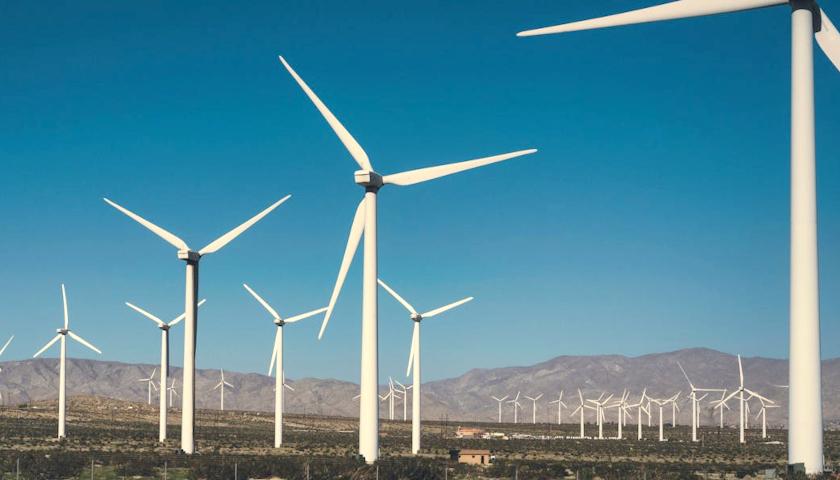by Anthony Hennen
The Pennsylvania Treasury’s “dramatic” revenue gains may soon come to an end, according to a recent independent analysis.
Before 2019, investing unused state funds netted the treasury between $8 million to $72 million in revenue. As an analysis from the Independent Fiscal Office noted, revenue was only $9 million in fiscal year 2020-21.
Since then, collections have swung from $23 million in 2021-22 to $452 million in 2022-23 – and they’re expected to peak at $650 million for 2023-24.
The change, though, isn’t from a permanent shift in the economic standing of state government. Instead, it’s a result of temporary pandemic-era federal largesse and “historically” high interest rates, according to the IFO.
Federal COVID relief funds caused a surge for the typical daily balance of the state’s bank account. It was $1.8 billion before 2020 and reached $11.2 billion in 2021-22. Rising interest rates were the spark that lit up collections, but soon that will fizzle out, too.
For every $1 billion lost, revenue collections will decline $50 million, according to the IFO. Each 1% interest rate reduction results in a $150 million loss.
For now, the extra cash in hand gives state officials some wiggle room. While the Department of Revenue announced in September that fiscal year-to-date collections were $27 million below estimate (0.5%), the high treasury returns more than make up the difference.
But, for the long-term, Pennsylvania’s aging population and drop in its labor force participation rate has concerned some observers.
Treasurer Stacy Garrity has warned of a “silver tsunami” that could cause an $18 billion budgetary shortfall by 2035. The IFO has also noted that state spending could outpace tax revenue, wiping out the budget surplus and rainy day fund by 2027-28.
– – –
Anthony Hennen is a reporter for The Center Square news wire service, covering Pennsylvania, and co-host of Pennsylvania in Focus, a weekly podcast on America’s Talking Network. Previously, he worked for Philadelphia Weekly and the James G. Martin Center for Academic Renewal. He is managing editor of Expatalachians, a journalism project focused on the Appalachian region.




